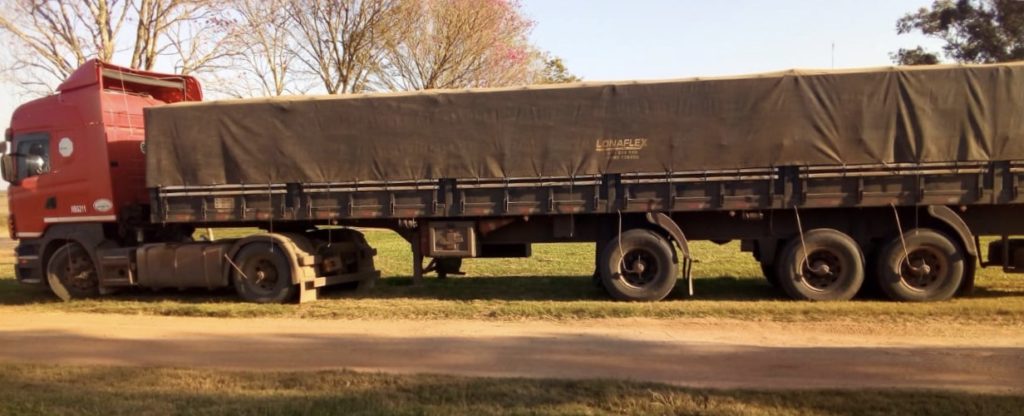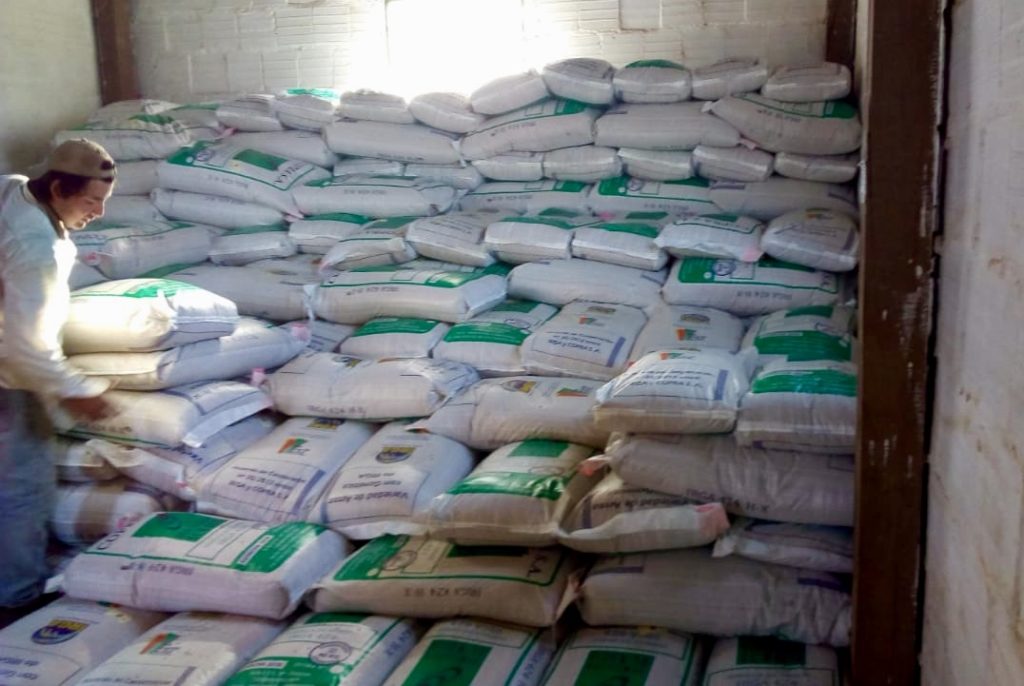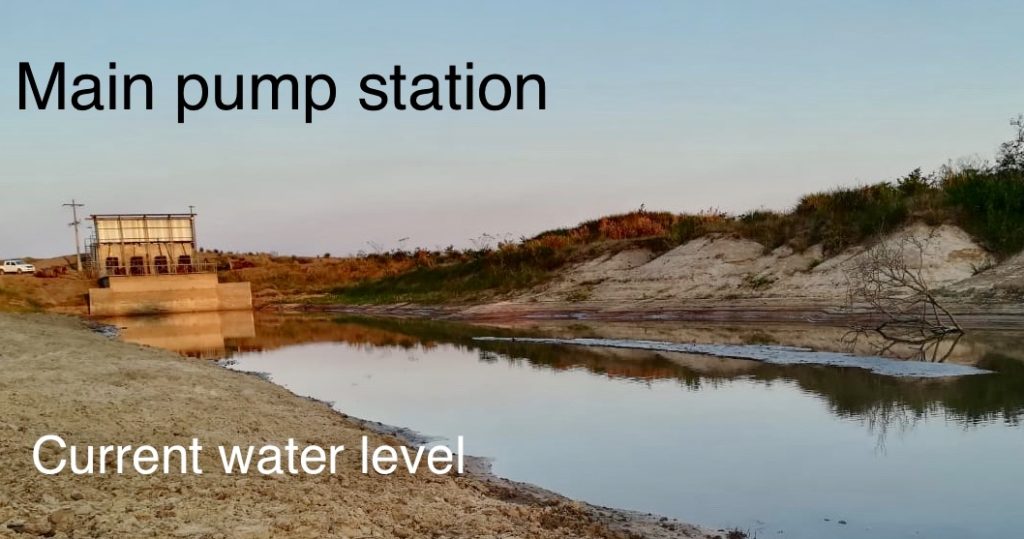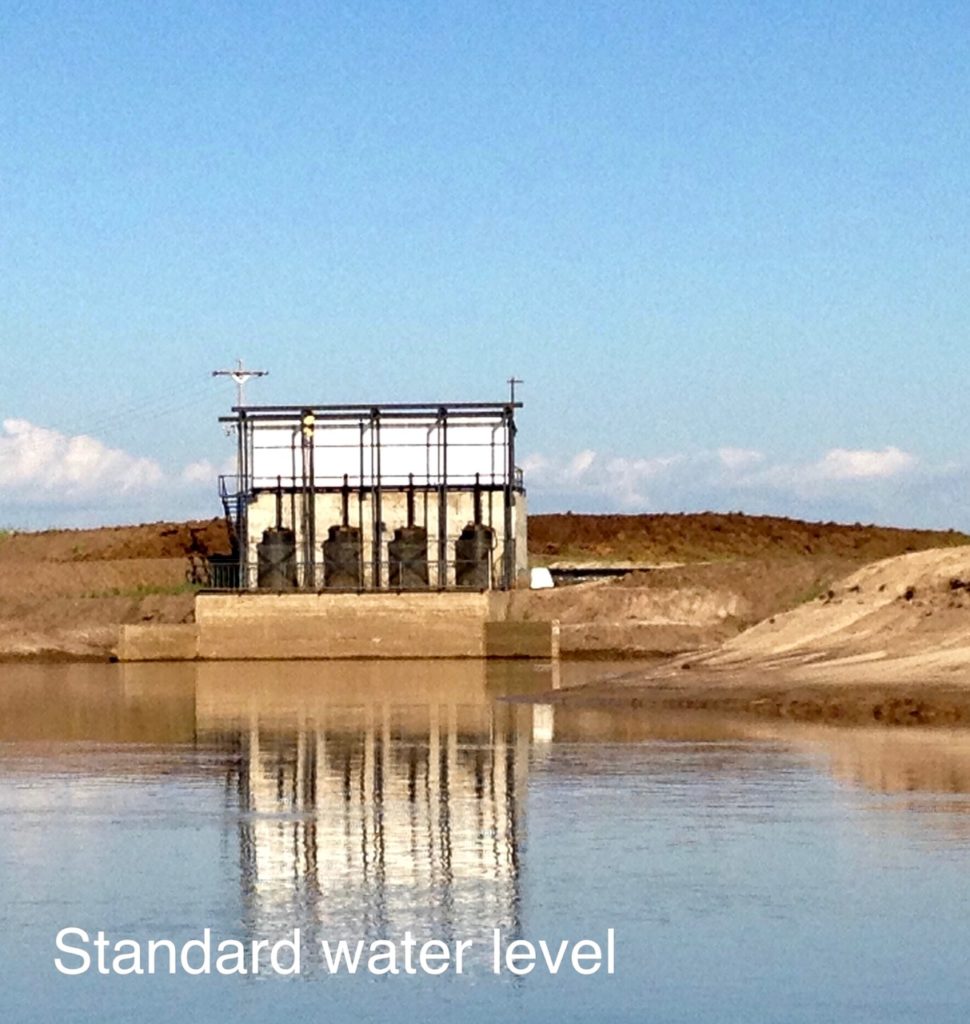While the inauguration ceremony of the new President of Paraguay, Mario Abdo Benitez, took place on 15 August where he announced that his main objective would be to tackle tax evasion and informality, our seeds which we import from Argentina have been delivered to the farm and stored.
Since the beginning, we are intentionally importing our seeds to ensure better traceability and quality. This year production is dedicated 100% to IRGA 424 cultivation over 1,500 ha.

Seed is a living product that must be grown, harvested, and processed correctly in order to realize the yield potential of any rice variety. Good quality seed can increase yields. Using good seed leads to lower seeding rates, higher crop emergence, reduced replanting, more uniform plant stands, and more vigorous early crop growth. Vigorous growth in early stages reduces weed problems and increases crop resistance to insect pests and diseases. All of these factors contribute to higher yields and more productive rice farms.

Good seed is pure (of the chosen variety), full and uniform in size, viable (more than 80% germination with good seedling vigor), and free of weed seeds, seed-borne diseases, pathogens, insects, or other matter.
Choosing seed of a suitable variety of rice that suits the environment it will be grown in and ensuring the seed choosen of that variety is of the highest possible quality is the essential first step in rice production.
Next step will be to full fill our artificial lake of 480 ha with water in case of an extended period of low level of the river. To this aim, we hope that the current low water levels along the Parana river and its tributaries like the river Tebicuary upon which we rely will reverse.
Low water level in the Parana River is causing exporters in Argentina to dispatch vessels without a complete load of grain or other products and increasing freight costs. The summer-long drought in Argentina and a lack of rainfall in southern Brazil is resulting in the lowest water level on the Parana River since 2008.

It takes approximately 30 days for rainfall in southern Brazil to make its way to the Roasrio area. Additionally, the water level in the lower Parana River is also partly determined by the dams and reservoirs on the upper reaches Parana River located primarily in Brazil.

